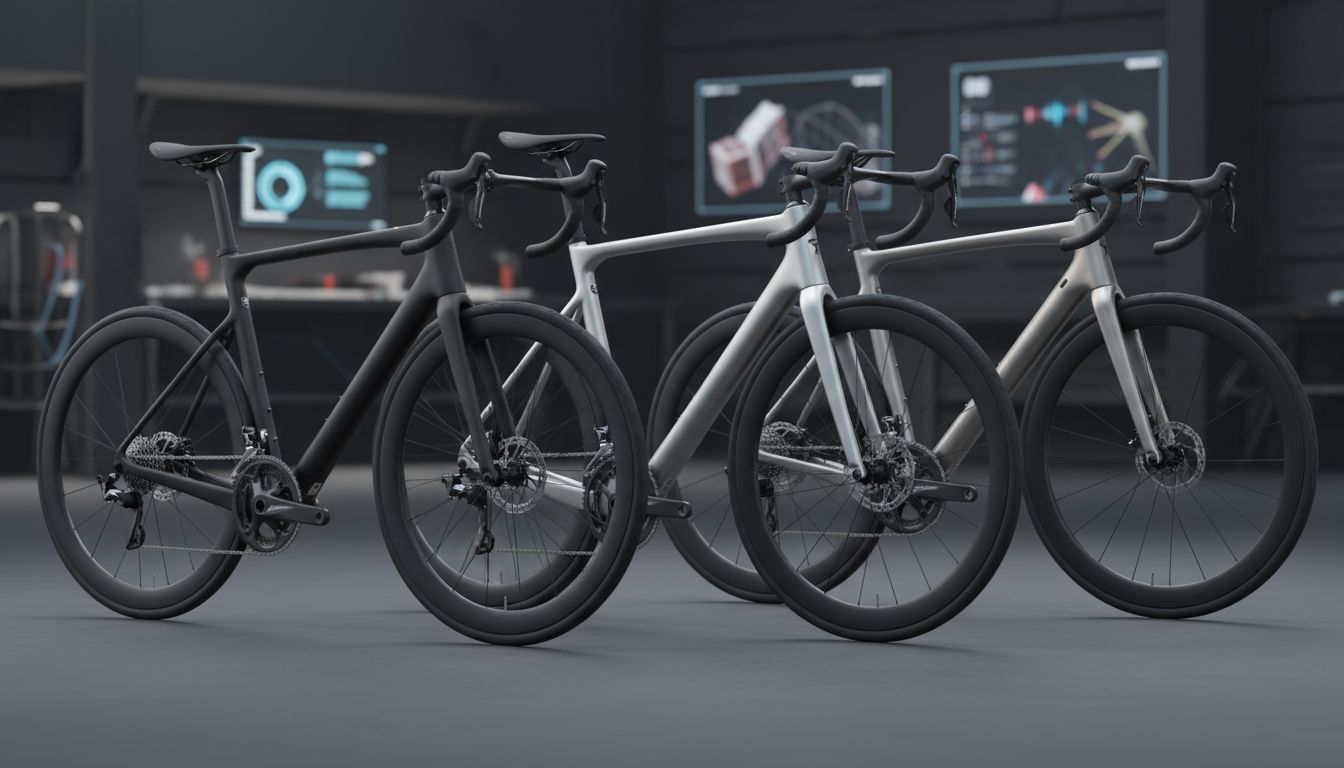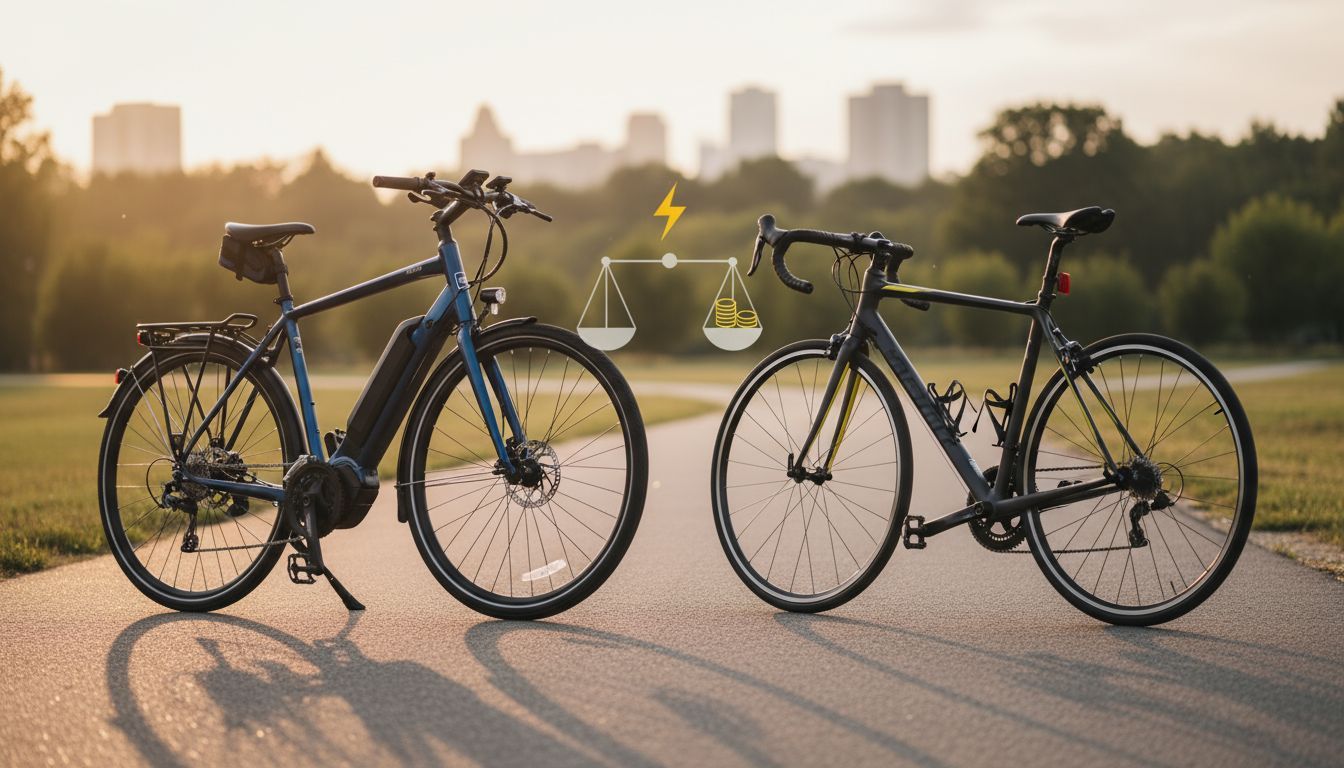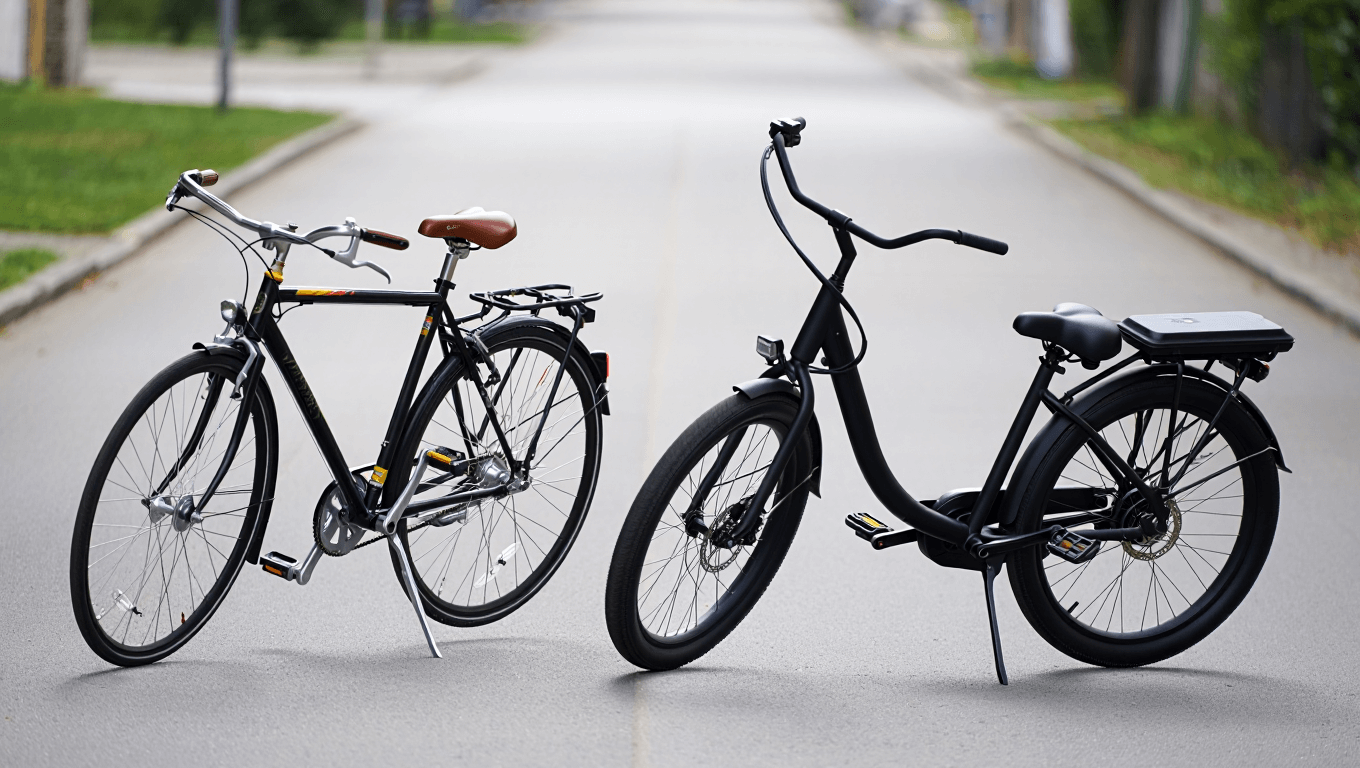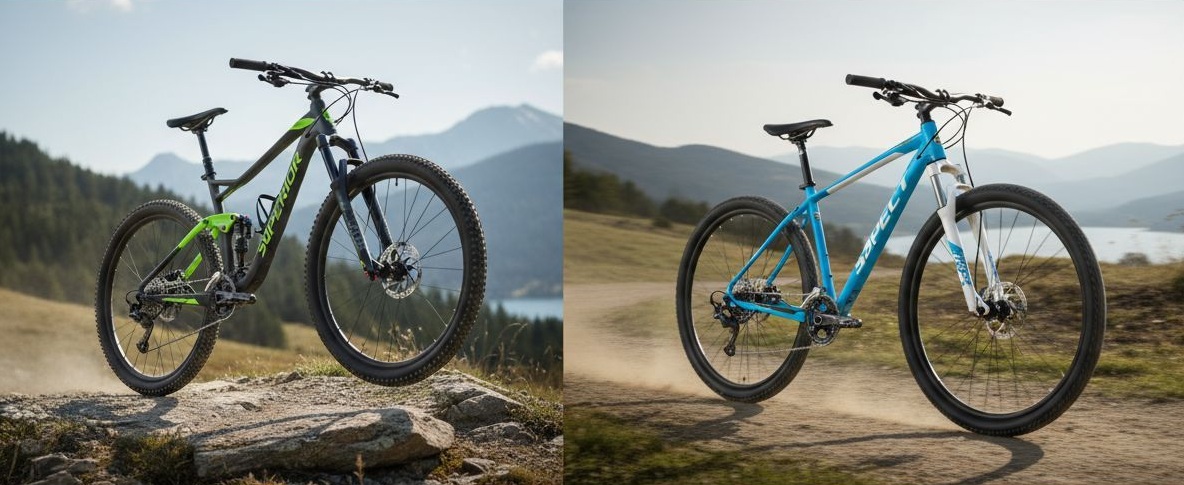
Introduction: Choosing the Right Hardtail Mountain Bike
Selecting the perfect hardtail mountain bike can feel overwhelming. The market is saturated with options, each boasting unique features and performance characteristics. For riders looking for a capable and affordable machine for trails, cross-country riding, and recreational off-road adventures, the Superior XP 6.2 and the Aspect Air 29 often appear on shortlists. This detailed comparison delves into the specifications, performance, and overall value of these two popular bikes to help you make an informed decision.
Frame and Geometry: The Foundation of Performance
Superior XP 6.2 Frame Analysis
The Superior XP 6.2 typically features a lightweight alloy frame, often hydroformed to optimize strength and stiffness while minimizing weight. The geometry is designed for a balanced riding position, suitable for both climbing and descending. The frame often incorporates internal cable routing for a cleaner aesthetic and improved cable protection. Specific geometry numbers, like head tube angle and reach, will vary depending on the model year and frame size, but generally, expect a relatively steep head tube angle for nimble handling and a comfortable reach for all-day riding.
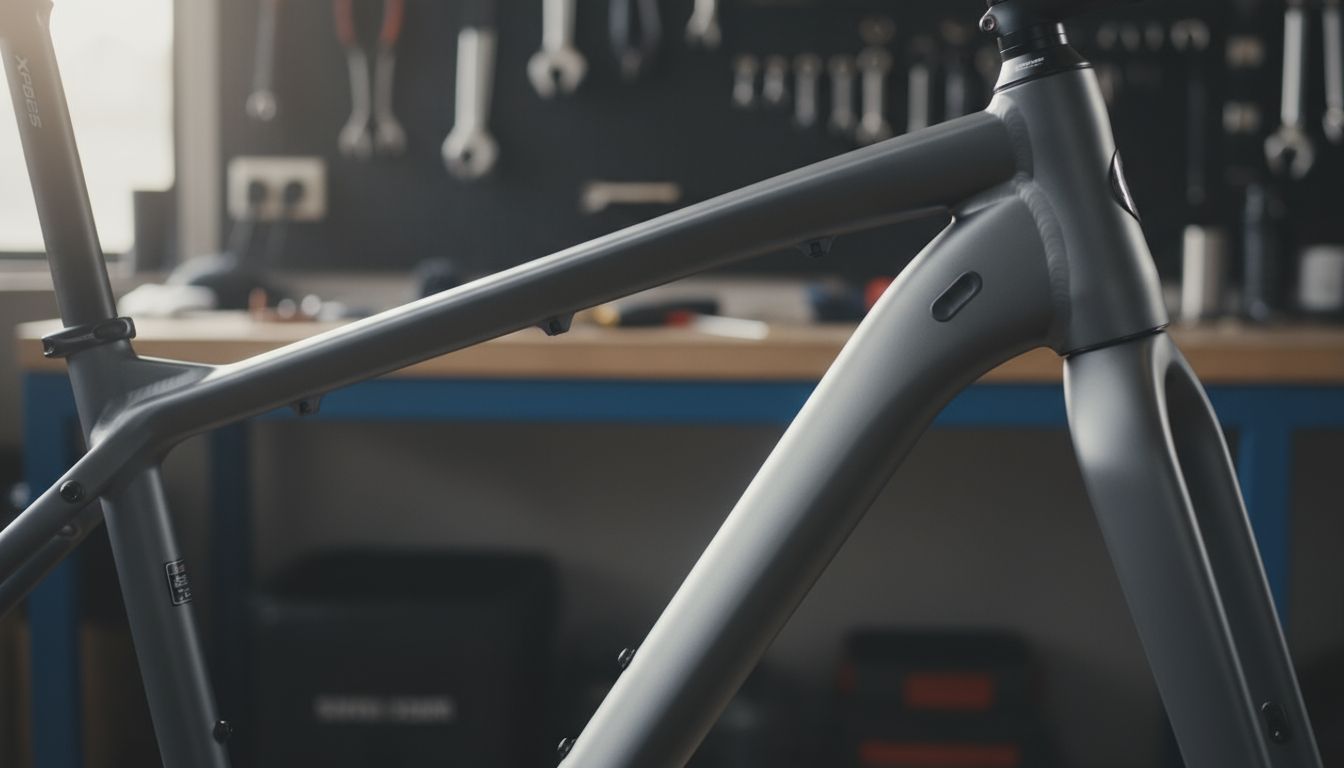
Aspect Air 29 Frame Analysis
The Aspect Air 29 also utilizes an alloy frame, usually with similar attention to weight and stiffness. Geometry-wise, the Aspect Air 29 often leans towards a more relaxed and stable feel, especially at higher speeds. This might involve a slightly slacker head tube angle compared to the Superior XP 6.2. Frame features typically include mounts for racks, fenders, and bottle cages, enhancing its versatility for commuting and touring. Like the Superior, internal cable routing is often present. Check the exact geometry chart for each model year and size to understand the subtle differences.
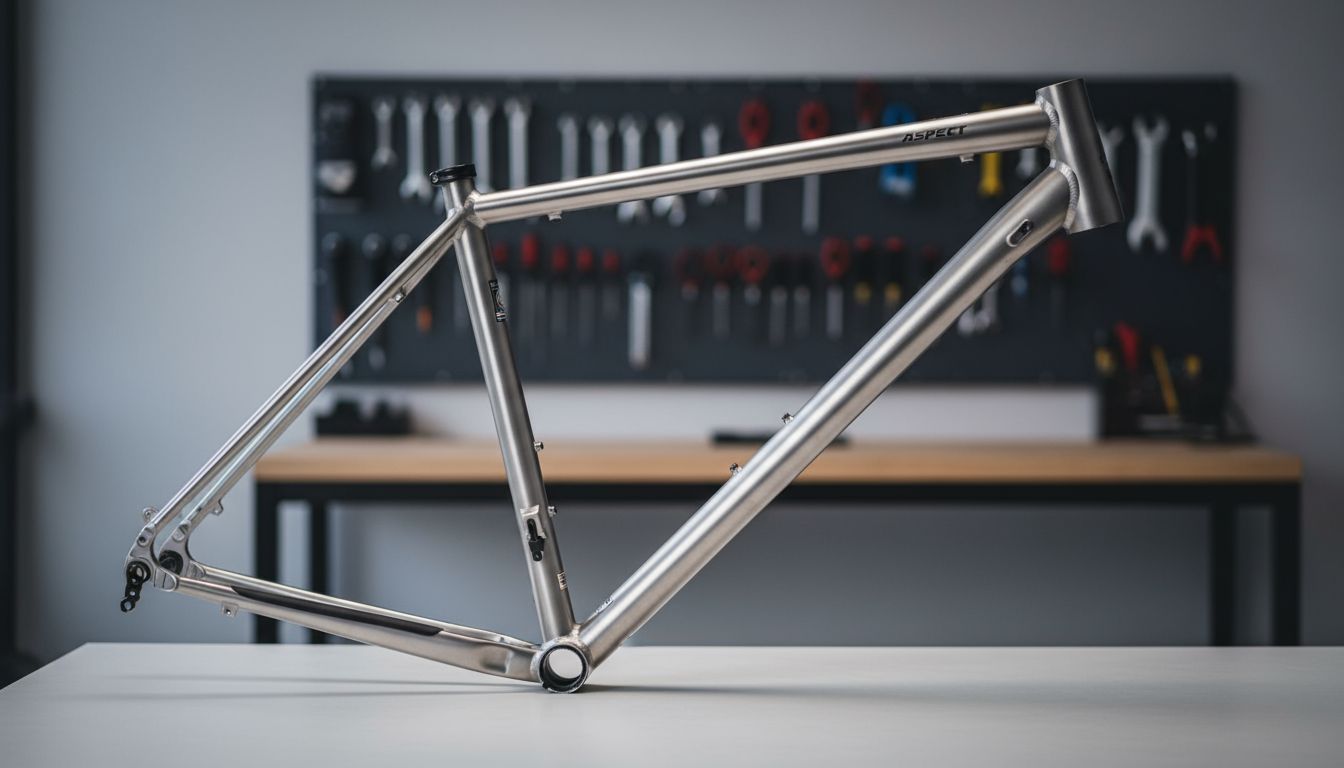
Components and Specifications: Examining the Details
Drivetrain and Shifting Performance
The drivetrain is a crucial element influencing climbing ability and overall riding experience. Both the Superior XP 6.2 and the Aspect Air 29 are generally equipped with Shimano or SRAM components. The specific groupset (e.g., Shimano Deore, SRAM SX Eagle) can vary depending on the model year and price point. Consider the number of gears, the range of the cassette, and the smoothness of the shifting mechanism. A wider gear range offers more flexibility for tackling steep climbs, while a reliable shifter ensures precise and consistent gear changes.
Suspension Fork: Absorbing the Bumps
The front suspension fork plays a vital role in absorbing impacts and providing control on rough terrain. Both bikes typically feature air-sprung forks with a travel range of 100mm to 120mm. Look for features like lockout, which allows you to stiffen the fork for more efficient climbing on smooth surfaces. The quality of the fork's damping system significantly affects its ability to absorb small bumps and maintain traction. Research the specific fork model installed on each bike to understand its performance characteristics. Check for adjustability – rebound damping adjustment allows fine-tuning the fork's response to your riding style and the terrain.
Brakes: Stopping Power and Modulation
Reliable brakes are essential for safety and control. Both the Superior XP 6.2 and the Aspect Air 29 typically come equipped with hydraulic disc brakes, offering superior stopping power compared to mechanical disc brakes or rim brakes. The size of the rotors influences braking performance, with larger rotors providing more stopping power. Consider the lever feel and modulation – the ability to precisely control braking force. Shimano and Tektro are common brake brands found on these bikes.
Wheels and Tires: Rolling Efficiency and Grip
The wheels and tires influence rolling resistance, grip, and overall ride quality. Both bikes typically feature 29-inch wheels, which offer excellent roll-over ability on rough terrain. The tires play a crucial role in providing traction and cushioning. Consider the tire tread pattern and width. A more aggressive tread pattern provides better grip in loose conditions, while a wider tire offers more cushioning and stability. The wheelset's weight and stiffness also impact performance. Lighter wheels accelerate faster and climb more efficiently.
Ride Quality and Handling: On-Trail Performance
Climbing Performance
The climbing ability of a mountain bike depends on several factors, including weight, geometry, and drivetrain. The Superior XP 6.2, with its potentially steeper head tube angle, might feel more nimble on technical climbs. The Aspect Air 29, with its potentially more relaxed geometry, might offer more stability on steeper, sustained climbs. Consider your riding style and the types of climbs you typically encounter. A lighter bike with a wide gear range will generally be easier to climb with.
Descending Performance
The descending performance is influenced by the bike's geometry, suspension, and brakes. The Aspect Air 29, with its potentially slacker head tube angle, might feel more stable and confident on steep descents. The Superior XP 6.2, with its potentially more responsive handling, might be more fun on twisty trails. Reliable brakes and a well-tuned suspension fork are essential for safe and controlled descending.
Overall Handling and Responsiveness
The overall handling and responsiveness of a mountain bike determine how easily it maneuvers through tight corners and responds to rider input. The Superior XP 6.2, with its potentially steeper head tube angle and shorter wheelbase, might feel more agile and responsive. The Aspect Air 29, with its potentially more relaxed geometry and longer wheelbase, might feel more stable and predictable. Consider your riding style and the types of trails you typically ride. If you prefer a more playful and responsive bike, the Superior XP 6.2 might be a better choice. If you prefer a more stable and confidence-inspiring bike, the Aspect Air 29 might be a better choice.
Value and Pricing: Getting the Most for Your Money
The price of the Superior XP 6.2 and the Aspect Air 29 can vary depending on the model year, specifications, and retailer. Compare the components and features of each bike to determine which offers the best value for your money. Consider the long-term cost of ownership, including maintenance and potential upgrades. Research online reviews and compare prices from different retailers to find the best deal.
Conclusion: Making the Right Choice
Choosing between the Superior XP 6.2 and the Aspect Air 29 depends on your individual needs and preferences. If you prioritize nimble handling and responsive climbing, the Superior XP 6.2 might be the better choice. If you prioritize stability, confidence-inspiring descending, and versatility, the Aspect Air 29 might be a better choice. Carefully consider the frame geometry, components, and ride quality of each bike to make an informed decision. Ultimately, the best way to choose is to test ride both bikes if possible, and consider your local trails and riding style.
